
As I’ve mentioned in previous posts, I’m a Franklin Planner addict. I’ve been using my planner for over 2 decades and couldn’t function without it.
One of the early founders in in the “Personal Organization” space was Steven Covey, the author of the immensely-popular 7 Habits book series. I was an early-adopter of a lot of the personal effectiveness principles that gained popularity in the ’90’s, so I guess you can say I’m a product of it.
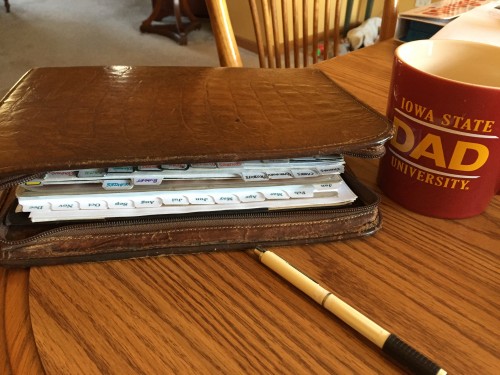 One of Dr. Covey’s 7 Habits of Highly Effective People was a principle that he called “Sharpening the Saw.” As the name implies, it is a guiding theme built on the premise that we need to constantly be renewing ourselves in areas of our lives that have the greatest importance to us. Our human potential grows only when we invest the time into building ourselves up physically, emotionally, mentally & spiritually. And doing this requires us to invest time in ourselves to learn, grow & expand ourselves in these domains.
One of Dr. Covey’s 7 Habits of Highly Effective People was a principle that he called “Sharpening the Saw.” As the name implies, it is a guiding theme built on the premise that we need to constantly be renewing ourselves in areas of our lives that have the greatest importance to us. Our human potential grows only when we invest the time into building ourselves up physically, emotionally, mentally & spiritually. And doing this requires us to invest time in ourselves to learn, grow & expand ourselves in these domains.
Wow. I didn’t mean to get all psychoanalytical on you there….
It’s a simple theme, one that I try to incorporate in my day-to-day life.
The fine folks at Franklin Covey went so far as to create inserts for planner users that are specifically used for incorporating the principle into our day-to-day routines. A picture of one of my “Sharpening the Saw” inserts is in the title line of this article.
This is a fundamental means of charting areas of life that we consider to be critical components of our ethos, of what we stand for. It’s a simple way of reminding me of what really matters most.
I’m Not a Resolution Guy…..
It’s January. And at this time every year, the media and the interwebs bombard us with lists of self-improvement ideas that we should implement. They are the same regurgitated lists that they spit out every year.
“Oh sweet, it’s January 1 so now I get to reinvent myself like I did last January.” Ya right.
For me, personal improvement is a year-round endeavor. I’ve never believed that I need to a set date to implement a new behavior: I just start, right then. I’m still surprised at the people who seem to need a “ramp up” period to start working on a new habit. To each his own, I suppose.
I set goals. I’ve been doing it for a long time. I’ve always written them down. My goals sway & change. I tweak some of them. Others are constants. Sometimes I’m pretty militant about taking steps towards them. And sometimes, well, I fall off the wagon, pissed at myself, and then try to correct my course. I’m human.
I keep the goals that I’m working on in my planner. I refer to them quite often, but probably not often enough. Even by writing this, it’s a reminder to myself to stay diligent.
Your Grinding Wheel
So the basic premise for this article is for all of us: Are you “Sharpening Your Saw” on a regular basis? Have your blades become dull? Here’s your chance to take a look at everything in your tool box and make sure that your equipment is sharp and ready to be put to use.
I thought I’d list a few of the ways that, over the years, I’ve tried to keep my self sharp. These ideas have worked well for me. They are simple tactics for keeping focused on the need for constant self-improvement.
Dedicate 15 Minutes of Your Day
The rubber meets the road when we finally decide we are going to engage in executing a task. If you are committed to becoming better at anything, you have to put in the time on the practice field.
My Morning Start Up routine begins with my Personal Dashboard. I know that you read my previous post on Project Dashboards (CLICK HERE FOR THE ARTICLE), but this dashboard is for me, not our projects. The clip below is what my Dashboard looks like (built in OneNote):
You can see my “Start Up S.O.P (Standard Operating Procedures)” is a mini-check list of things that I do, and have done, every morning when I fire-up.
I’m very regimented, particularly in the morning. I like routines. Discipline is good.
I try to spend some time every morning Dirt Diving into some kind of skill. Most days I do. Some days, well, time gets away, and then later, when I realized I didn’t get my work in, I get pissed at myself. Catholic guilt, I suppose….
Dirt Diving for me is just jumping into a topic that I want or need to research. I pick things that are relevant to my goals. An engineering principle. A leadership article. A checklist. A couple pages out of a book. Just something to fire up my mind, to rekindle a skill that I’ve forgotten about, or an idea that maybe I can apply at work this week.
Have A List of Topics
The walk of 1000 miles starts with a single step. So take that first step, which is actually the most exciting one: Where does your knowledge-base need work?
I won’t bore you with how to make your list, you can handle that task. What I will challenge you with are questions: When is the last time you opened the garage door and looked at your tools? All of them. When is the last time you took inventory?
Do a quick assessment of yourself:
- What are your go-to tools?
- Do any of your tools need new blades? Need sharpening? Need WD-40 and some cleaning?
- What tools are you missing?
- What tools have you always wanted but haven’t bought?
- Do you have any tools that you no longer use and should be trashed?
- What tools could you use to make you more-efficient during the day? To solve tougher problems? To help others in your shop? To be a better engineer?
Take an inventory and then get after it.
On my Dashboard, I have a section I call my “Grinding Wheel.” Corny? Maybe, but it works for me. This is just a simple list of topics that I’ve stumble onto that I want to explore:
So here’s my challenge to you: Make a simple list of, say, 5 topics that you’d like to dive into.
Find articles to read. Find a website that might be useful. Download a product manual. Read an IDOT checklist. Grab an old book and thumb through a chapter. I know you’ll have areas where you want to shore-up your knowledge base.
And if you haven’t already, start building your own library. Digital memory is free: Keep the information that you’d like to research. Leave yourself breadcrumbs so you can retrieve it and not let it die on your hard drive.
For years, I have been rat-holing different trade publications, manuals and product data that I’ve stumbled onto (below is a snapshot of my “Virtual Library”). Find something that interests you and dig in.
Do You Keep a Crib Book?
I honestly don’t know where I picked up the habit of building Crib Books. At work, I have two of them. They are stuffed with loose pages of subject matters that have crossed my desk, that I have produced or that I’ve gotten from someone. These are gold.
Before you call me a hypocrite, hear me out – I’m not a pack rat! Honestly, I’m not. I HATE piles laying around. Yes, I have a proclivity for keeping electronic date & files, but they take up no space, so I never feel like I’m collecting useless stuff. Paper, on the other hand, especially “One and Done” type paperwork, doesn’t survive in my system unless it has future use. That’s where my Crib Books come into play.
I’ve taken time, over the course of the last couple of years, to parse these two books down to just things that are relevant to my work. These are my Go-To’s for odd-ball references that I know I wouldn’t be able to readily find on the Internet or from a book.
Reviewing an item or two, as part of my Morning Routine, is a great way for me to hit the Refresh button. It simply recalibrates my brain with small reminders of things I should know. I’ve even gone so far as to build a searchable index of the topics in these books so that I can pull things out quickly. I kid you not: I’ll bet I open one of these at least once a week to troubleshoot an issue we’re having on the jobs.
If you haven’t already, grab that stack of “Keepers” from your bottom desk drawer. Spend some time weeding out the junk, and assemble the stuff that has value. And while you’re at it, when you find something that is really cool, share it. Make a copy for someone in your office, especially the junior members of your team. You will be amazed at how the process of sharing energizes the people you work with. So many of my Crib Sheets were inherited from senior people who I’ve worked with who took the time to pass tips & information on to me. Continue the tradition.
Think PDH’s
As I write this in January, it’s winter in Chicago. Construction is slow. We’re putting in 40-hour weeks. There’s little going on in the field, the crew is just working on project close-out documentation. Now is the time to get a few on-line courses done.
Take advantage of the “off season” to get some PDH’s. Even if it’s a couple of on-line 1 or 2 hour courses, knock them out in little chunks. You know, just as well as I do, that procrastinating will bite you in the ass as renewal time approaches. The work you put in will keep your gears lubricated – Nothing wrong with that.
Run A Calculation – Just for the Hell of It
OK, I know you are going to look at me and think to yourself, “C’mon, who’s he think he’s playing? NOBODY does that….”
Well, you’re wrong. Don’t laugh. It’s true: I’ve done it.
When is the last time you did a simple retaining wall overturn calculation? Don’t answer that – You’re probably not alone.
How long has it been since you did a beam deflection problem? Or took a rectangular reinforced concrete section and ran some simple shear capacity checks on it? Don’t hang your head in shame, you’re still a good person…
I am a Nerd at Heart, I suppose. We had an issue on the Bensenville railroad bridge project that dealt with the bar grating being used for the outside walkway. I saw it as an opportunity to dive in, so I ran the calc’s just for the hell of it (and I kept them in my Crib Book, just for reference):
No, you don’t have to become a college student again. And no, I don’t sit around at night and, instead of watching the Blackhawks, create bending moment problems for myself. Here’s what I’m saying: Don’t be afraid to shake the cobwebs loose once in a while, to break away from checking quantity calculations & running change order cost estimates and challenge yourself with some cerebral problem solving.
I’m going to say it because it’s true: Those of us in construction don’t get to run a lot of engineering-type calculations. When we don’t practice, we lose our skills. Spend some time, once in a while, keeping your engine lubricated. We became engineers because we enjoy calculations: Don’t let your talents fall by the wayside.
Lastly..
Commit
You don’t need me to be your nagging mother asking you if you got your homework done, so I won’t. You are an adult. A professional. A key member of our industry. So live like one.
Allow me to get preachy here for a second.
It’s easy to roll into the office at 6:55am, sit down at your desk, turn on the computer and spend the day bouncing from task-to-task with no real sense of purpose or direction. I liken the feeling to eating while you’re driving: You’re just shoving food in your mouth out of function, but you aren’t really tasting it, you’re just operating your mouth and your chewing reflexes. There is no enjoyment in the meal, it is simply a functional task.
The same can be said for our daily grind in the field office.
How many times have you chugged from task to task with no real sense of purpose? No direction? No long view? You are just plugging away, getting the jobs that are in front of you done, and when you’re done, there is another job waiting for you.
Task execution is a major component of what being an engineer is all about. We run calculations. We administer contracts (aka push paper). People pay us for our expertise. We are valuable to our industry & society because of our unique ability to solve complicated problems. It’s what we do.
How many times do we push ourselves away from the table and take a longer view of what it is we do? Do we spend any time thinking about raising our own personal bars? Are we making self-improvement a priority? Are we trying to maintain or better yet, improve our skills? Are we actively looking to build ourselves into better engineers? Are we putting time in on the practice field?
Let me hit the “Refresh” button on one of my previous rants – Are you committed to your team? To your company? To your client? Are you REALLY, TRULY making an effort? Or are you just going through the motions? Are you actively engaged in your role on your teams? Are you putting in the effort to improving yourself? Or are you just doing enough to get by?
Be actively committed, EVERY DAY, to keeping your personal saws sharp. Find a way. Get it done.
I know I’m not the only one who tries to keep themselves sharp – How have you incorporated your own personal knowledge training into your daily repertoire? Share what you are doing as a Comment (that way I don’t feel like I’m the only one doing the talking around here….).


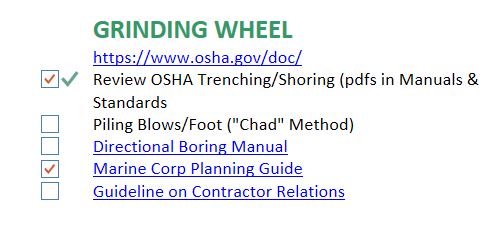

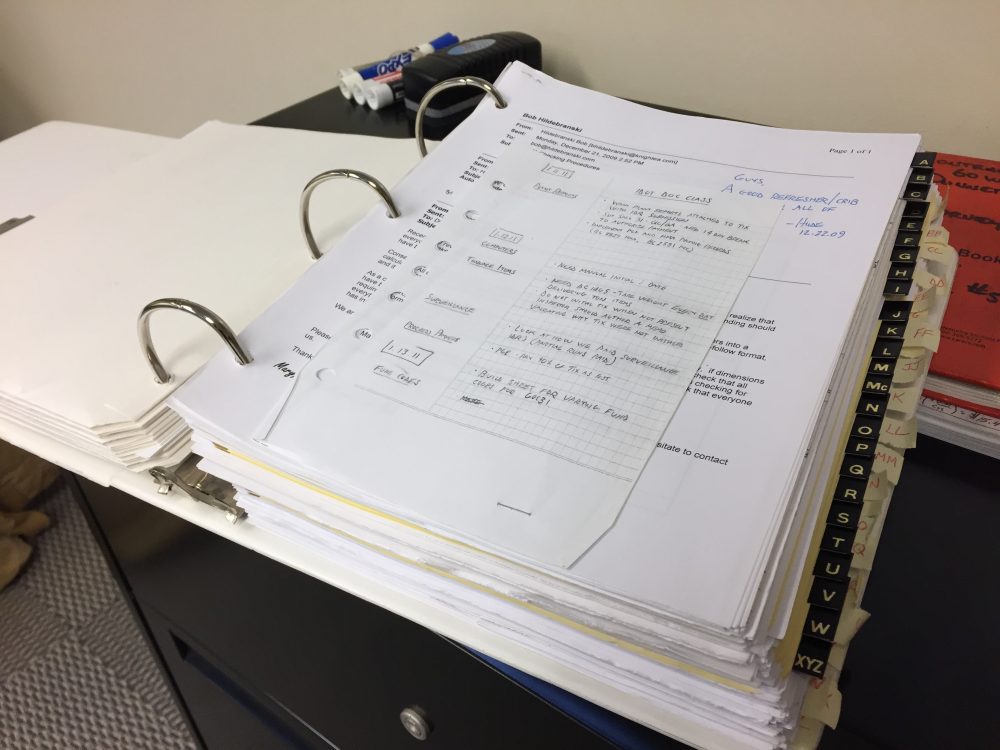
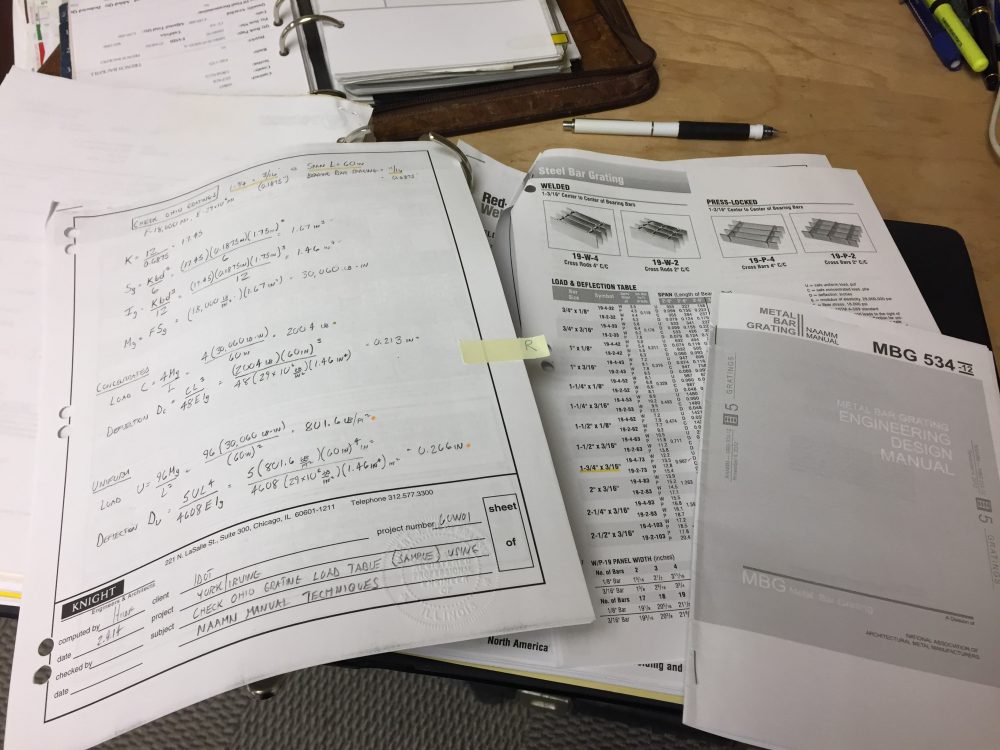
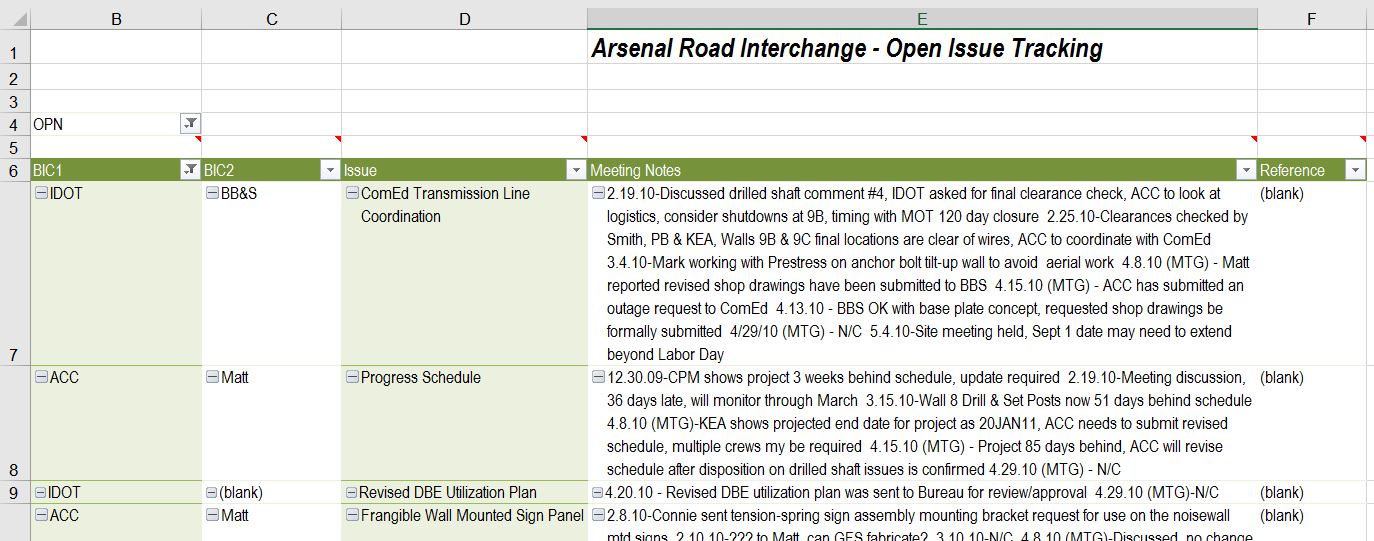


Haven’t checked a comment in a while. What happens when I check the box to Add to your mailing list…?